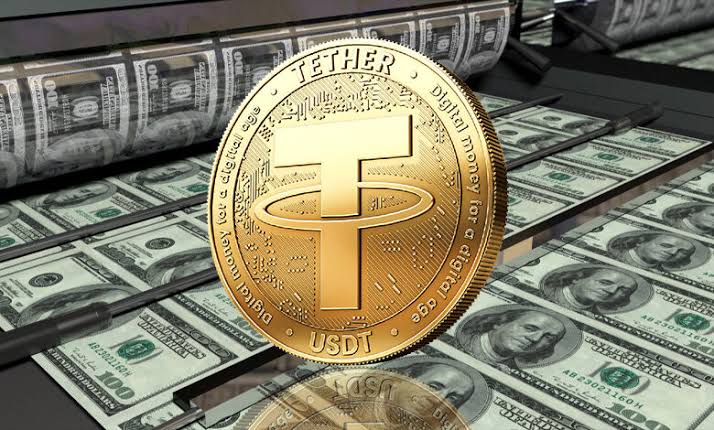
In an effort to enhance transparency, Tether CEO Paolo Ardoino recently provided a detailed breakdown of the assets backing Tether’s stablecoin, USDT. This announcement took place at the PlanB conference in Lugano, Switzerland, where Tether also celebrated Bitcoin’s legacy with a Satoshi Nakamoto statue. These disclosures come at a crucial time, as Tether faces renewed regulatory scrutiny and questions around its reserve backing, as well as alleged ties to sanctioned entities.
Details on Tether’s Reserve Assets
During his presentation, Ardoino reported that Tether’s reserves include approximately $5.58 billion in Bitcoin (82,454 BTC), $3.87 billion in gold (about 48.3 tons), and around $100 billion in U.S. Treasury bonds. The aim of this reserve breakdown is to address ongoing concerns and speculation regarding the assets backing USDT, the world’s most widely used stablecoin.
These assets are intended to secure USDT’s peg to the U.S. dollar, and support its growing $120 billion market cap. However, some critics questioned whether holdings in volatile assets like Bitcoin and gold are adequate to fully back USDT. In response, Ardoino clarified that Tether’s reserves are both diversified and substantial, with a significant proportion in U.S. Treasury bonds alongside Bitcoin and gold.
Claims of Federal Investigation: Tether’s Reaction
This reserve disclosure comes in the wake of a Wall Street Journal (WSJ) report alleging that the U.S. Attorney’s Office in Manhattan is investigating Tether for potential money laundering violations. According to unnamed sources, the investigation is examining Tether’s possible involvement in illicit activities such as drug trafficking, terrorism financing, and hacking. The report also suggests that Tether’s operations may have indirectly supported sanctioned entities, including groups tied to arms deals and international conflicts.
In response, Tether strongly denied the claims. Ardoino dismissed the WSJ report as “recycled noise,” asserting there is “no indication” of any active investigation. He also emphasized that Tether has collaborated closely with law enforcement, helping recover over $109 million in assets tied to fraud and sanctions evasion since 2014. He labeled the report’s allegations as “unequivocally false.”
Ongoing Calls for Transparency and Full Audits
While Ardoino’s disclosures may reassure some, others continue to question Tether’s transparency around whether its reserves fully back USDT. Although Tether has previously released asset snapshots, critics argue that a comprehensive audit is needed to substantiate its claims.
A recent report from nonprofit group Consumers’ Research underscored these concerns. It criticized Tether’s refusal to conduct a full audit and questioned its presence in countries under international sanctions, such as Venezuela and Russia. The report suggested that Tether’s activities in these regions may be enabling sanctions evasion, although Tether has yet to respond to these specific claims.
What Lies Ahead for Tether
As the stablecoin industry faces increasing regulatory pressure, Tether’s transparency and reserve backing remain in the spotlight. While Ardoino’s breakdown of Tether’s assets is a step toward greater transparency, demands for a full audit are likely to persist. With stablecoins in high demand and regulatory bodies taking a closer look at the industry, the crypto community will be watching closely to see how Tether navigates these challenges.






